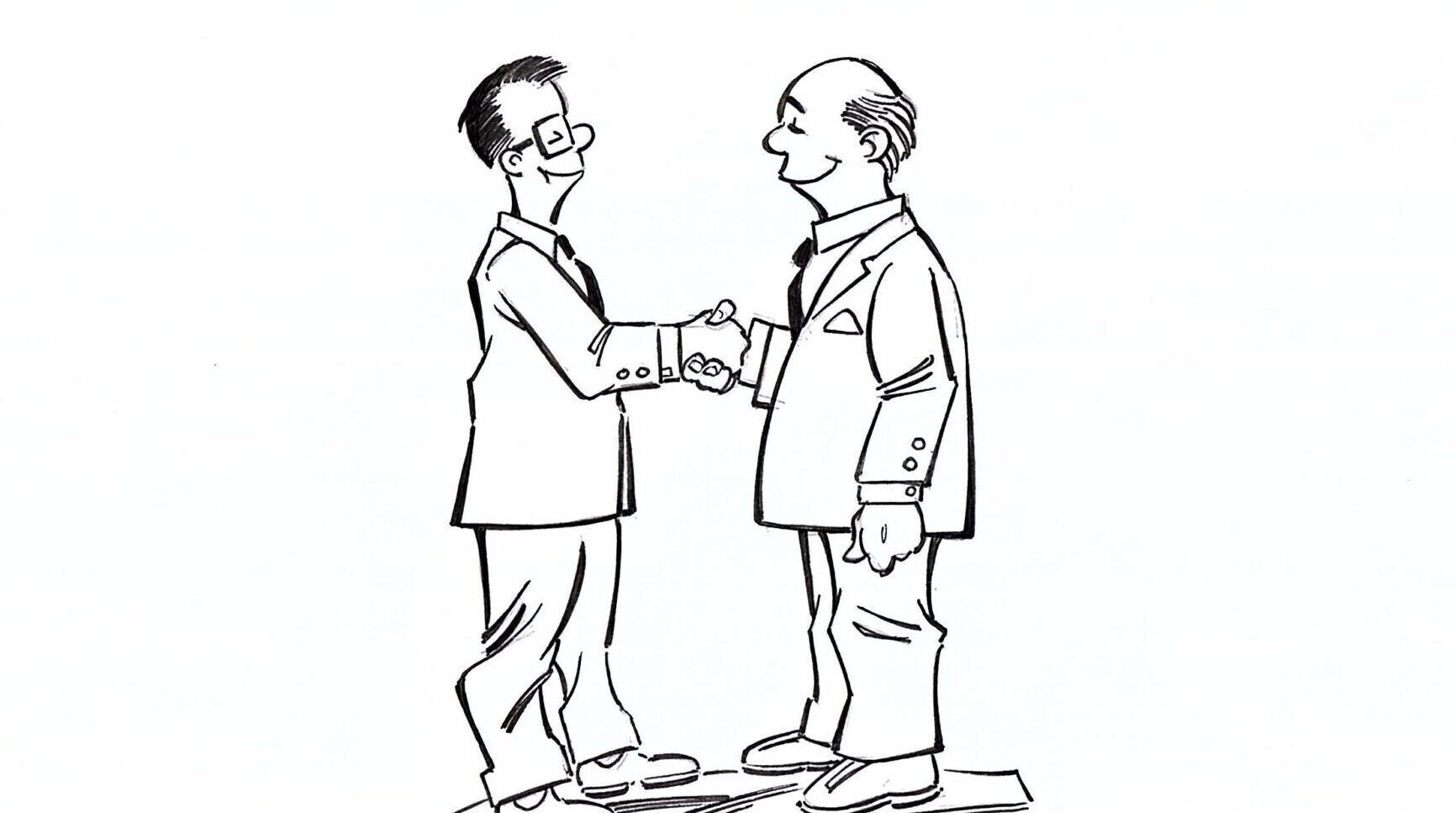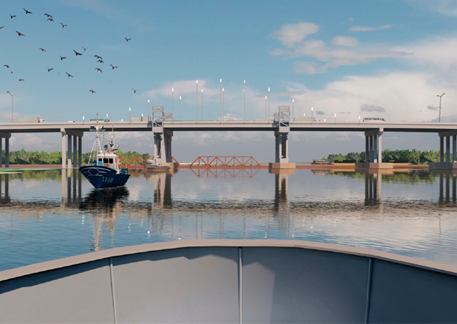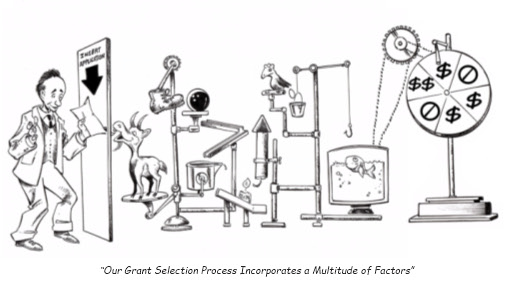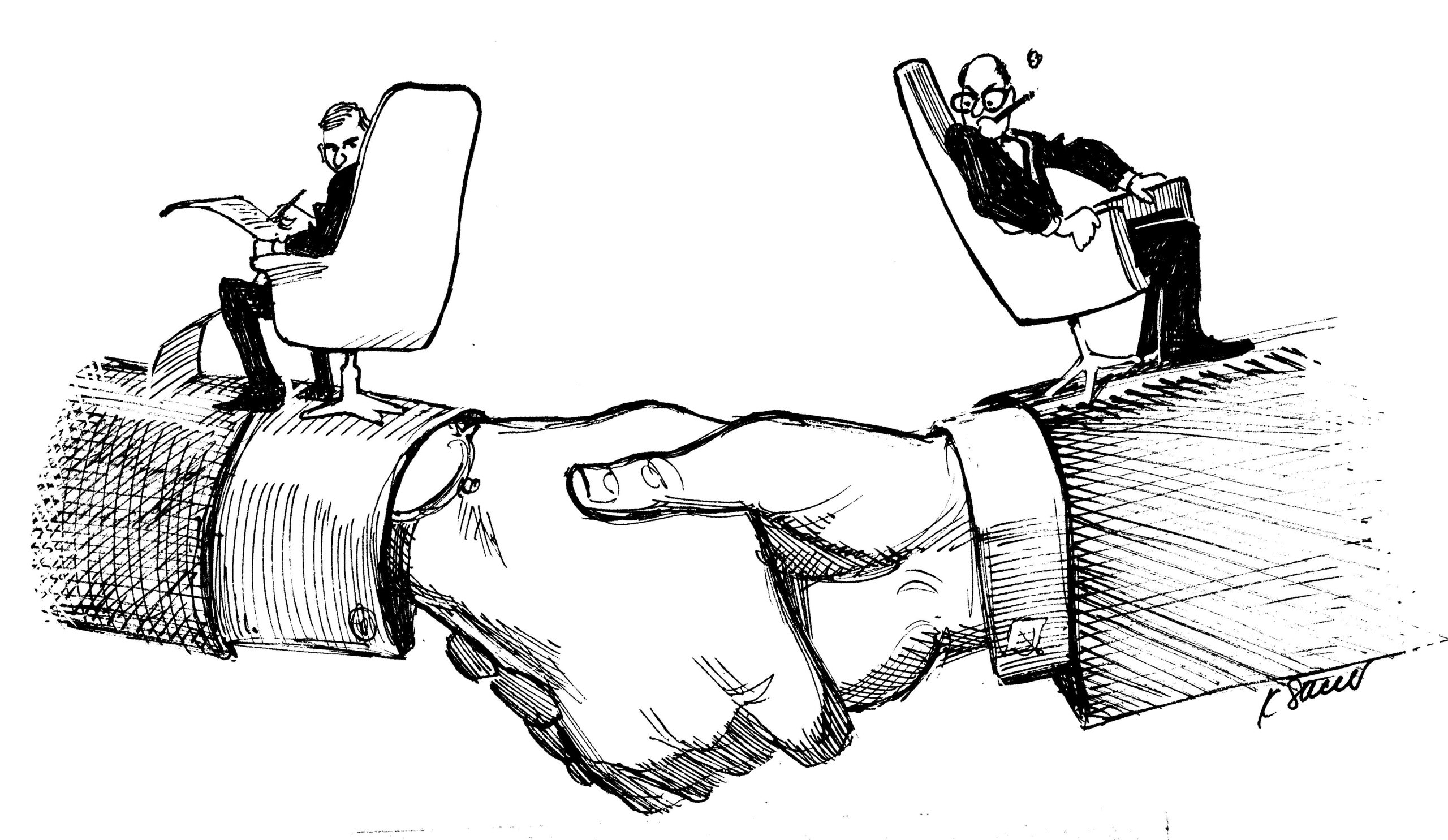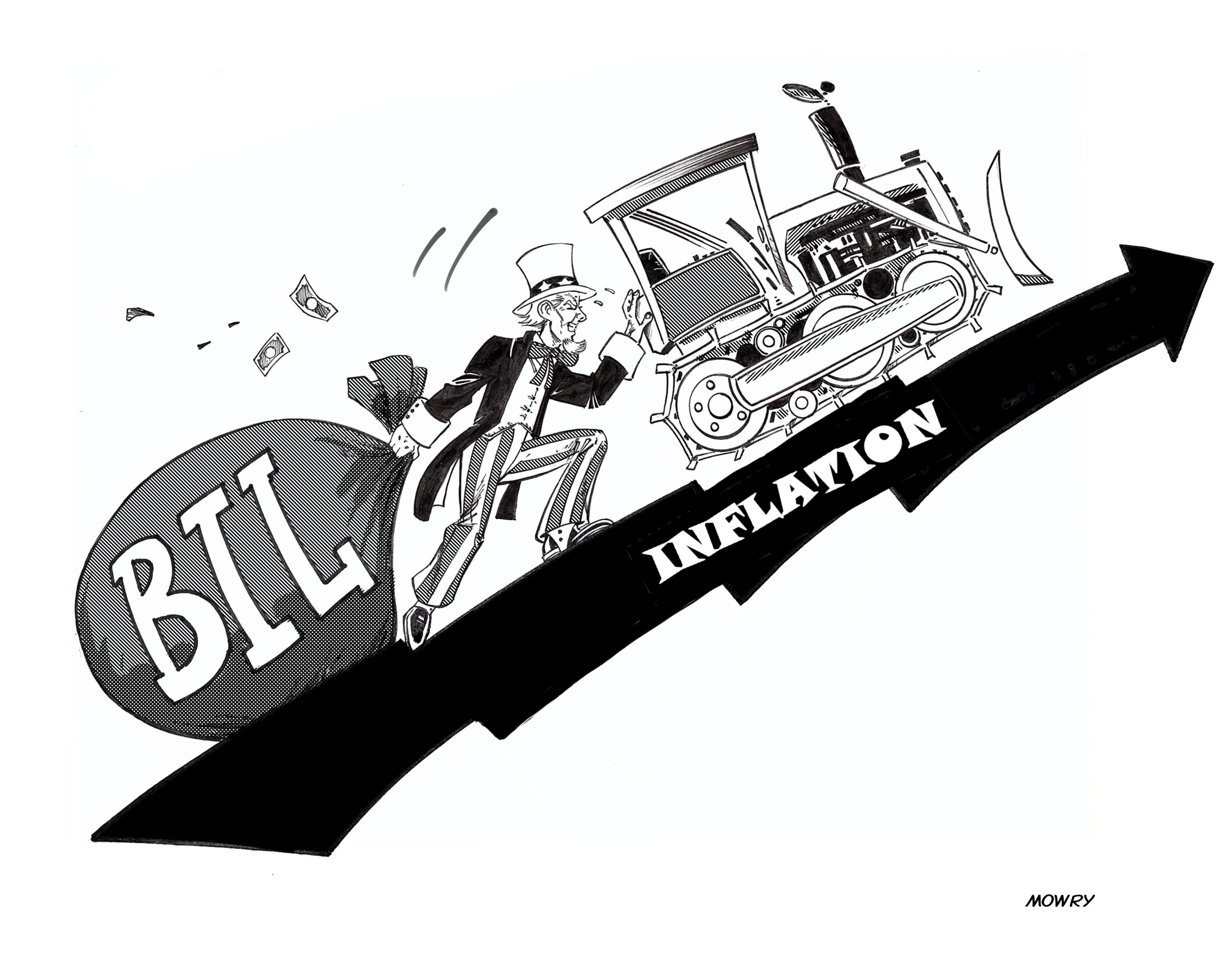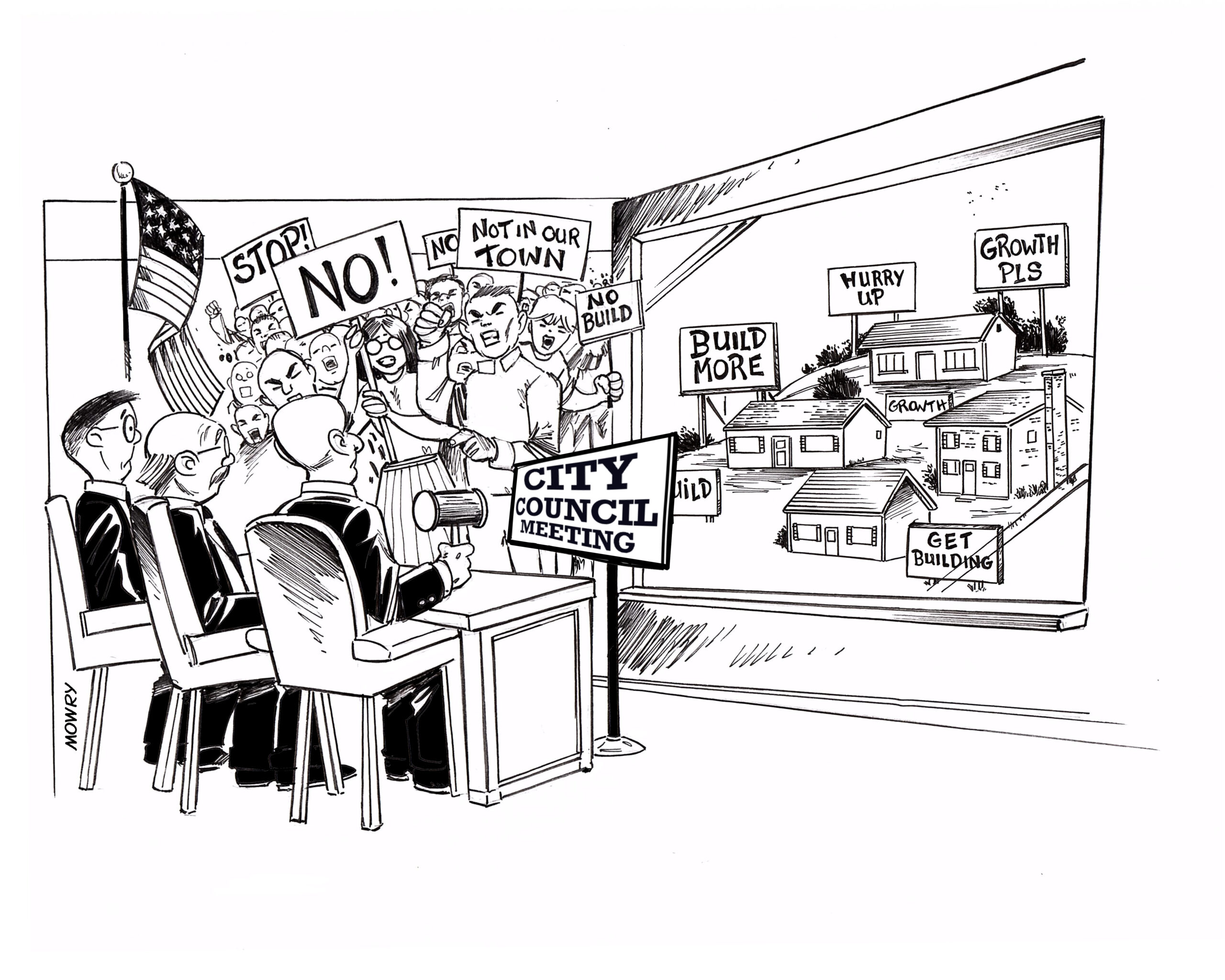Shawn Wilson was Louisiana’s Secretary of the Department of Transportation and Development (DOTD) from 2016 to 2023. In that role he created the agency’s Office of Innovative Procurement and initiated the first public-private partnership procurements in the state’s history, including the Calcasieu River Bridge Project, which just reached financial close last month. In 2020, he received the Trailblazer of the Year award from the American Road & Transportation Builder’s Association (ARTBA) for his efforts in innovative procurement in transportation infrastructure, and was elected as the president of the American Association of State Highway and Transportation Officials (AASHTO) for 2021-2022.
During his tenure at DOTD, the agency also attracted more than $250 million in discretionary grant funding, including the largest discretionary grant in the state’s history for the Calcasieu Bridge P3.
This year, Shawn joined WSP as their national agency coordination leader for transportation and infrastructure.
In light of Calcasieu’s successful financial close, and the upcoming 3-year anniversary of the IIJA, PWF spoke with Shawn to discuss lessons learned from the procurement and how public sponsors can best utilize the IIJA’s discretionary grant programs going forward.
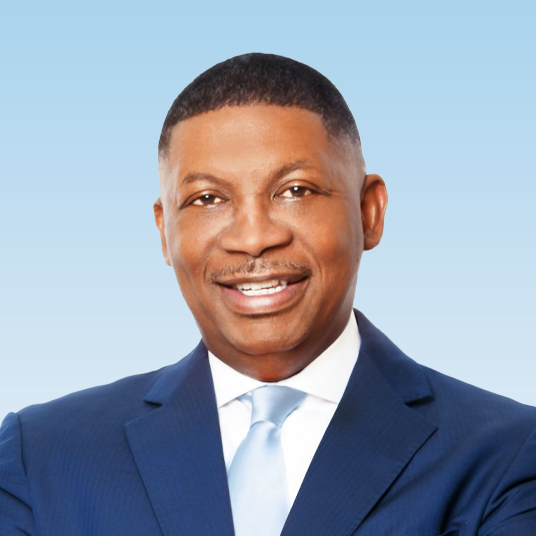
PWF: We’re nearly three years into the 5-year IIJA. Louisiana pulled in $250 million in federal discretionary grants under your tenure at DOTD. What are your biggest recommendations for public sponsors in applying for IIJA funds for their projects?
SW: I tell people that we’re really just at halftime in the game of the IIJA. The federal DOT has done the yeoman’s work at this point, in terms of rolling out all of these new programs while maintaining their existing spending programs, and keeping all of the application processes as streamlined as possible. For those discretionary funding programs, sponsors need to understand that there will be ample opportunities in the coming years, because these new discretionary programs are much more complex and so they go out a bit slower. So plan your work and work your plan!
In applying for those programs, the best advice is the simplest: address the program’s priorities. A lot of the IIJA is about building a safer, more efficient transportation systems. Owners that are focused on that work will be better aligned, so my biggest strategic recommendation is simply to design your project plans around those priorities of the IIJA.
That really illustrates the opportunity behind these new discretionary programs in the IIJA: they can help steer states into new types of projects or new approaches to their projects, and we’re already seeing that with the IIJA.
PWF: For those discretionary grants, how should public sponsors strike a balance between preparedness and getting “multiple swings” by applying earlier and then reapplying when the grant window reopens again next year?
SW: The IIJA really forced states to think about how we plan and deliver, because you really need to be making the case for your project not just in terms of the benefits but in terms of your demonstrated ability and intent to deliver. So in applying for discretionary funds, owners should be advancing their projects irrespective of whether your grant application is successful or not.
I’d recommend that you advance your project to get ready for delivery, but to apply to the grant program as early as you can, in the project’s current state of readiness. The federal DOT has done an excellent job of keeping the process simple and enabling sponsors to re-apply once their project is further along in the planning process.
PWF: Congratulations on the successful financial close for the Calcasieu Bridge project. Any big lessons from the procurement that you think would be particularly beneficial for other public sponsors?
SW: I’ve got plenty. You hear this often with these major projects, but for Calcasieu we really were building the plane and flying it at the same time. One of the things I’d do the next time around is focus on addressing as many predevelopment risks as early as possible in the process, while we’re still in early procurement. The more predevelopment risks that we can take off the table by addressing them early, the better.
Having gone through the process, I’d also recommend that owners put as much emphasis as possible on the time value of money during that early planning and procurement process, including educating the public on not just the value of the project but the value of the project ASAP. Our original planned financial close for Calcasieu was in June 2023. That is a big difference.
One thing that the procurement team did quite well was they had a great communication process with the bid teams and the preferred bidder post-procurement. That enabled them to raise issues internally or with the developer quickly. I think that was a critical to the success of the project, especially at the end there.
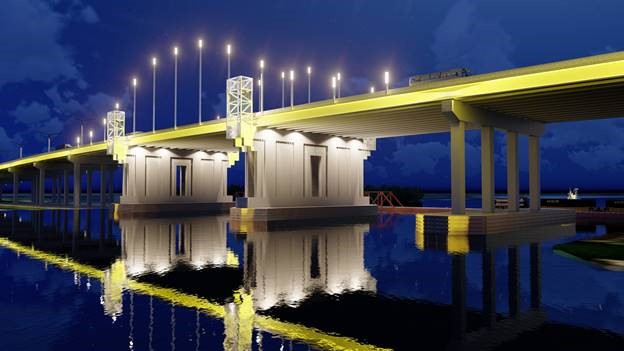
PWF: For Calcasieu, they got the project across the finish line despite some anti-toll opposition. One of the opposition’s arguments was that the project had a better shot at getting an even larger federal grant if they cancelled the P3 and tolls and then went back to the feds. In other cases, public sponsors have decided to delay procurements because cost inflation in the sector is so high right now.
Do you have any thoughts on how public sponsors can find balance here? Between pushing necessary projects forward quickly on the one hand and delaying or cancelling them in the hopes that a federal grant comes through in the future or that inflation cools?
SW: I want to thank and congratulate LA DOTD, the developer, our federal partners and the community of Lake Charles and all of Southwest Louisiana. This bridge is decades overdue and prevailed against so many odds. Governor Edwards and I are honored to have led this effort that is culminating in this amazing project.
I think one of the biggest challenges for our industry is getting the public to appreciate the real costs of infrastructure projects. It is the easiest thing in the world to argue to reject or cancel a project, but given the time value of money for these projects, changing the delivery model or going back to the drawing board would simply never pencil out. Owners need to be constantly emphasizing that tradeoff and pushing projects forward, because these projects simply aren’t going to get any cheaper by waiting.
In our case, I-10 got the largest discretionary grant in the state’s history. In the entire debate over Calcasieu and the toll funding, there was really no other viable alternative under consideration, ever.
At the same time, I think we need to understand that user fees are part of the solution, and not necessarily going to cover the entirety of these projects. For us, Calcasieu and the Mississippi River bridge replacement collectively will cost more than $6 billion. To put that in perspective, that’s more than our total capital construction spend over the previous 7.5 years combined.
PWF: When you started Louisiana’s P3 program, you created the Office of Innovative Procurement within DOTD, could you speak to the impacts of the new office, including how it has impacted procurements like Calcasieu?
SW: I think OIP has been a critical part of the four key megaprojects that they’ve helped procure – and those projects had the most public interest in the state. The DOTs that are doing the most to address megaproject risk are doing so with these types of offices. OIP was created for the purpose of having a small team that reports directly to the executive, so that we could move issues quickly and make risk management decision on a much shorter timeline. Unforeseen issues are inevitable on these megaprojects, and when they come up, you really need to get past administrative hurdles to keep the project on track.
PWF: Any other specific financing mechanisms or new discretionary programs that you found particularly useful during your tenure?
I think states need to be taking an “all of the above approach” given the opportunities available right now. It’s a lot more than simply saying “we’re going to do a P3.” And there is a lot more than just those discretionary grant programs that states can take advantage of through the Build America Bureau.
We did the first GARVEE bond issuance in our state’s history, we focused on using shorter-term financing for long-term projects, we used TIFIA, which is an excellent program, and we used PABs to leverage private investment in our projects.
